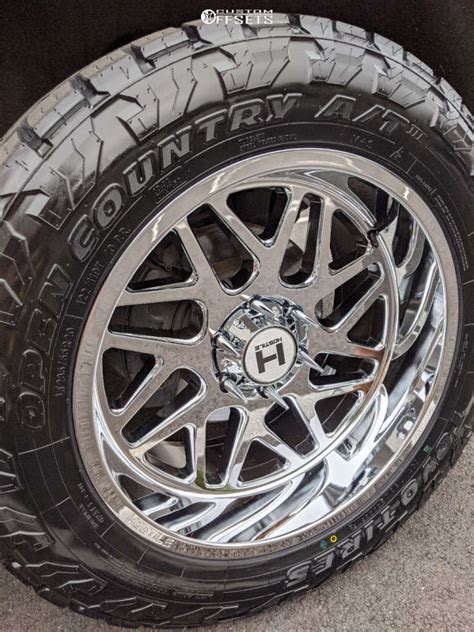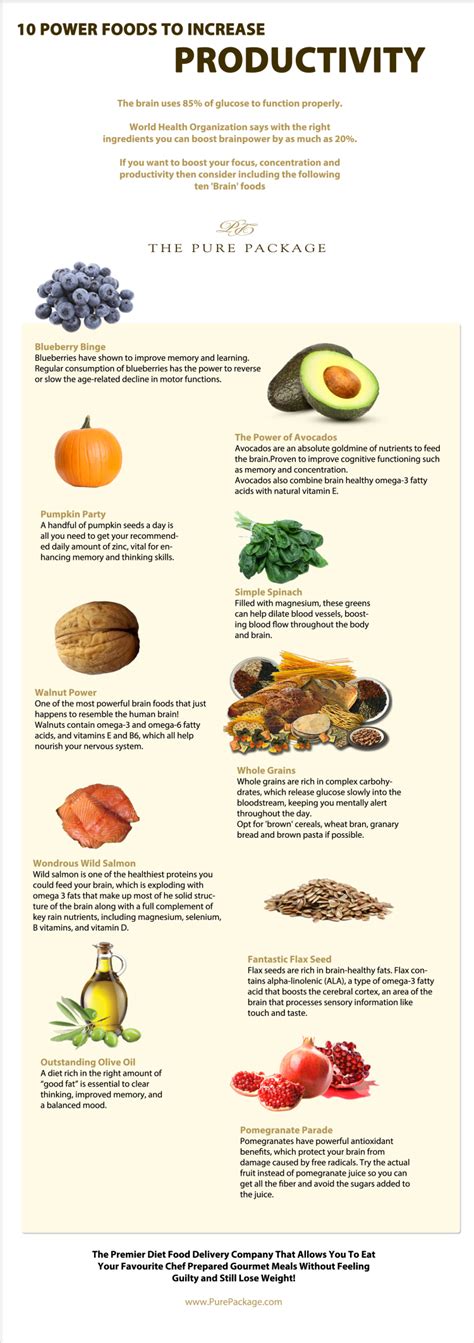Understanding Ethanol-Blended Fuels: E10 and E15
As governments push for cleaner energy and reduced reliance on fossil fuels, ethanol-blended gasoline has become increasingly common at fuel pumps. E10 and E15 are two prevalent blends, containing 10% and 15% ethanol by volume, respectively. While these fuels offer environmental benefits, they’ve also sparked debate among vehicle owners and experts regarding their potential effects on engine health and a car’s long-term financial value.
E10, containing up to 10% ethanol, has been widely available for decades and is approved for use in virtually all gasoline-powered vehicles manufactured since the mid-1980s. Most modern vehicles are designed to operate on E10 without issues. The concern primarily escalates with E15, which has a higher ethanol content and is not universally approved for all vehicles.
Potential Engine Harm from Ethanol
Ethanol, while an effective octane booster and renewable fuel, has properties that can be detrimental to certain engine components not designed to withstand it. The primary concerns revolve around its corrosive nature and its ability to attract and absorb water.

Corrosion and Material Degradation
Ethanol is a solvent and can corrode or dissolve certain plastics, rubbers, and composite materials commonly found in older fuel systems. Over time, this can lead to the breakdown of fuel lines, seals, O-rings, and other components, causing leaks, fuel system failures, and potential engine damage. Metals like aluminum and magnesium can also be susceptible to ethanol-induced corrosion, particularly when water is present.
Water Absorption and Phase Separation
A significant issue with ethanol is its hygroscopic nature, meaning it readily absorbs water. If enough water is absorbed into the fuel tank, it can lead to “phase separation.” This is where the ethanol and water mixture separates from the gasoline and sinks to the bottom of the fuel tank because it is denser. When this water-ethanol mixture is drawn into the engine, it can cause severe misfires, fuel system damage, and rust within the fuel tank and lines.

Impact on Older Vehicles and Small Engines
Vehicles manufactured before 2001 are generally more vulnerable to the adverse effects of ethanol due to the materials used in their fuel systems. Similarly, small engines found in lawnmowers, motorcycles, and marine equipment are often not designed for ethanol blends, especially E15, and can suffer premature wear or failure.
E15 Specific Concerns: “Flex-Fuel” vs. Standard Vehicles
E15 is only approved by the Environmental Protection Agency (EPA) for use in 2001 and newer vehicles, specifically those designated as “flex-fuel” vehicles, or standard vehicles built after 2001. Using E15 in older vehicles or those not approved can lead to significant engine and fuel system problems, potentially voiding manufacturer warranties. Flex-fuel vehicles are specifically designed with ethanol-resistant materials and modified engine management systems to safely handle fuel blends up to E85 (85% ethanol).

Impact on Long-Term Financial Value
The potential for engine harm directly translates into financial implications for vehicle owners.
Increased Maintenance and Repair Costs
If a vehicle’s engine or fuel system components degrade due to ethanol exposure, owners could face costly repairs. Replacing fuel lines, fuel pumps, injectors, or even major engine components can significantly diminish the financial value of the vehicle over its lifespan. These unforeseen expenses can quickly outweigh any perceived savings at the pump.
Resale Value Depreciation
A vehicle with a history of fuel system issues or engine problems due to improper fuel use may see a significant drop in its resale value. Potential buyers are often wary of cars with known mechanical vulnerabilities, especially if the issues are linked to fuel compatibility. Documented repairs related to ethanol damage could serve as a red flag, making the vehicle harder to sell and commanding a lower price.

Warranty Voidance
Using a fuel type not approved by the vehicle manufacturer can void parts of the vehicle’s warranty. This means that if damage occurs due to unapproved E15 usage, the owner would be solely responsible for the repair costs, further eroding the car’s financial value and the owner’s investment.
Mitigating Risks and Protecting Your Investment
To protect your engine and maintain your vehicle’s long-term financial value:
- Consult Your Owner’s Manual: Always refer to your vehicle’s owner’s manual to determine the recommended and approved fuel types. This is the most crucial step.
- Identify Flex-Fuel Vehicles: If your vehicle is flex-fuel compatible, it will typically have a yellow gas cap, a “Flex-Fuel” badge, or clear instructions in the manual.
- Avoid E15 if Not Approved: For non-flex-fuel vehicles and those manufactured before 2001, strictly avoid E15 to prevent potential damage and warranty issues.
- Regular Maintenance: Adhere to a strict maintenance schedule, including fuel filter changes, to help catch potential issues early.
- Consider Fuel Stabilizers: If storing a vehicle or equipment for extended periods, especially with ethanol blends, use a quality fuel stabilizer designed to combat ethanol’s effects.

Conclusion
While E10 fuel is generally safe for most modern vehicles, E15 demands careful attention to manufacturer recommendations. The potential for engine harm, primarily in older or non-approved vehicles, is real and can lead to significant repair costs, reduced fuel economy, and a notable depreciation in a car’s long-term financial value. By understanding your vehicle’s fuel compatibility and adhering to recommended practices, you can safeguard your engine and preserve your automotive investment.




